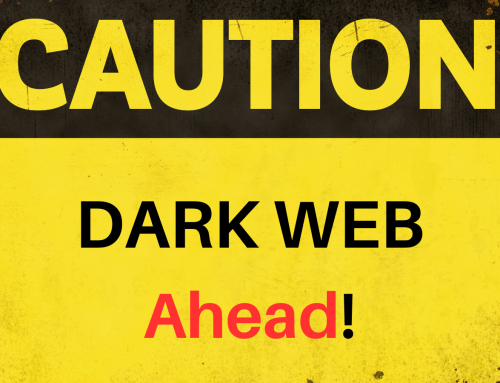As technology continues to advance and become more integrated into our daily lives, the threat of cybersecurity breaches and attacks also increases. In 2023, companies face a variety of cybersecurity threats that can compromise their sensitive data and damage their reputation. In this article, we will explore the biggest cybersecurity threats facing companies in 2023 and what steps they can take to mitigate the risk.
Ransomware attacks
Ransomware attacks involve hackers encrypting a company’s data and demanding a ransom payment to restore access. These attacks have become increasingly common in recent years and are expected to continue in 2023. Cybercriminals use sophisticated tactics such as social engineering and phishing emails to gain access to a company’s systems and install malware. To protect against ransomware attacks, companies should regularly back up their data, train employees on cybersecurity best practices, and implement robust security measures such as firewalls and antivirus software.
Internet of Things (IoT) vulnerabilities
The Internet of Things (IoT) refers to a network of interconnected devices that communicate with each other and exchange data. This includes devices such as smart homes, wearables, and industrial equipment. While IoT devices can provide significant benefits to companies, they also present a significant cybersecurity risk. Hackers can exploit vulnerabilities in these devices to gain access to a company’s network and steal sensitive data. To prevent IoT-based attacks, companies should implement strong password policies, regularly update their devices’ firmware, and segment their networks to limit the impact of a breach.
Cloud security risks
Cloud computing has become an essential part of many companies’ operations, offering scalability, flexibility, and cost savings. However, using the cloud also presents a significant cybersecurity risk. Companies’ sensitive data stored in the cloud can be compromised through data breaches, insider threats, and misconfigured access controls. To mitigate these risks, companies should use strong encryption, implement multi-factor authentication, and regularly monitor their cloud environment for suspicious activity.
Supply chain attacks
Supply chain attacks involve hackers targeting third-party vendors or suppliers to gain access to a company’s network. These attacks can be challenging to detect as the initial breach often occurs outside of the company’s own security measures. To protect against supply chain attacks, companies should vet their third-party vendors’ cybersecurity practices, implement strict access controls, and monitor their networks for any suspicious activity.
Insider threats
Insider threats refer to employees or contractors who intentionally or accidentally compromise a company’s security. This can include stealing sensitive data, providing unauthorized access to the network, or inadvertently downloading malware. To prevent insider threats, companies should implement strict access controls, conduct regular security awareness training, and monitor their networks for any unusual activity.
In conclusion, companies face a variety of cybersecurity threats in 2023, including ransomware attacks, IoT vulnerabilities, cloud security risks, supply chain attacks, and insider threats. To mitigate these risks, companies must implement robust security measures, regularly train employees on cybersecurity best practices, and stay vigilant for any suspicious activity on their networks. By taking these steps, companies can protect their sensitive data and prevent potentially devastating cyber-attacks.
Call Slick Cyber Systems if you need help with cybersecurity questions by calling 570-215-8888.






